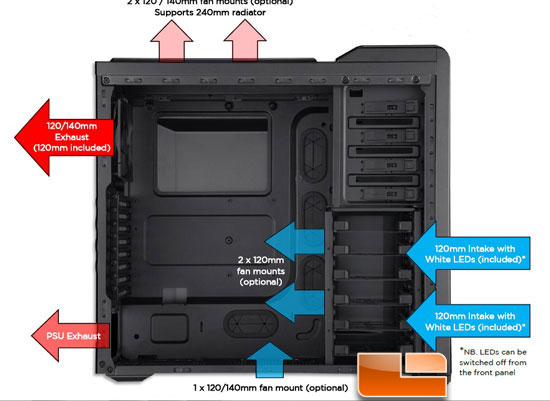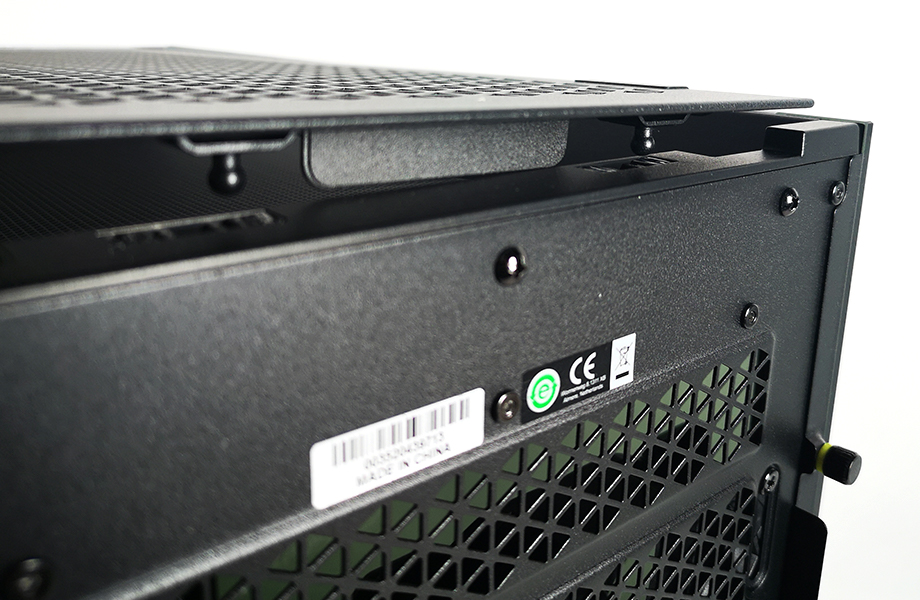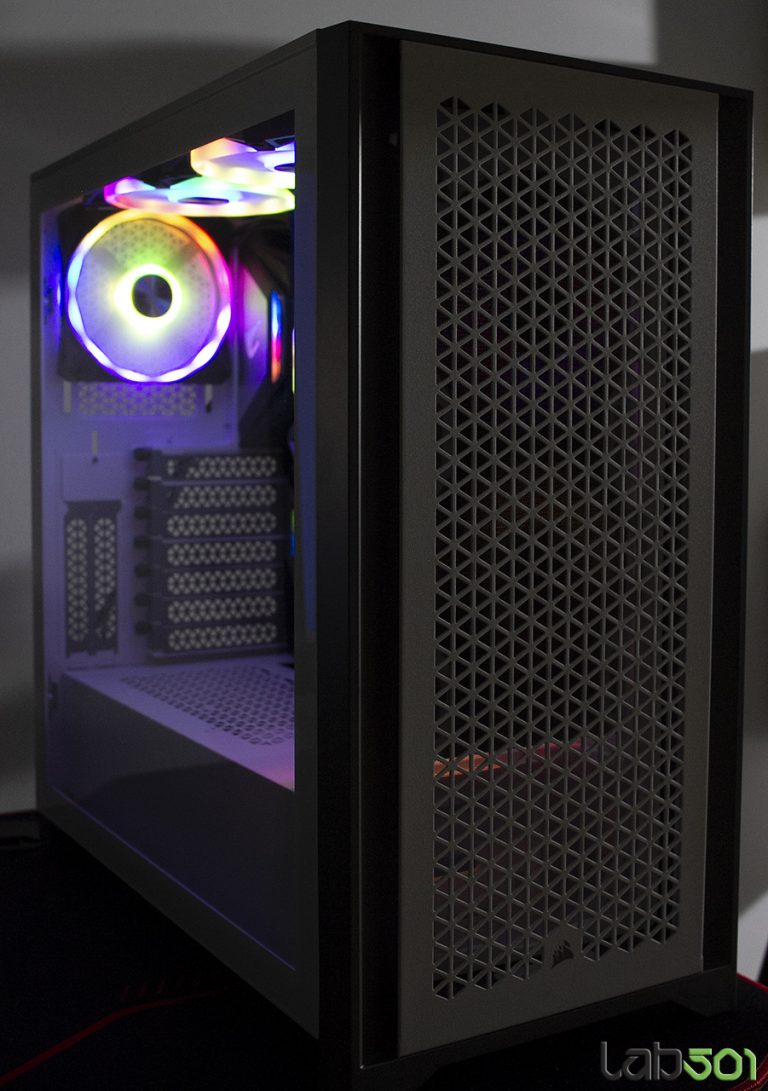

As always, experimenting yourself and collecting results will give you the best answer though. and rear and (if applicable) top as exhaust seems standard as a baseline, and often gives good if not best results. Usually, front and (if applicable) the bottom as intake. This should provide you enough airflow you'll need.
Corsair 400d airflow build pro#
Gigabyte Aorus Z390 Pro Motherboard The front as intake the top and back as outtake. Originally posted by Metallic Demon:Hi everyone,
Corsair 400d airflow build Pc#
Behind the motherboard tray is around 25mm of cable storing space as well as two 2.5” SSD mounts behind the tray.I hope everyone is doing well, I recently upgraded my pc case to a Corsair 4000D Airflow and was wondering the best fan configuration for my build, I have a Noctua NH-U12A CPU cooler with a total of 5 Noctua NF-A12x25 PWM Fans in total (1 on the back with the fan towards the back, 1 on the CPU cooler facing towards the front of the case and 3 on the front of the case facing towards the front) any suggestions would be great and I know there might be the possibility that I have the best fan configuration already, but I'm curious if there're any other configurations I haven't thought of, thanks in advance. There is also a raised metal panel that sits in front of the tray to shield the view of your cables.
Corsair 400d airflow build install#
I did not have to remove the motherboard to install the new CPU cooler backplate. This came in handy as I had to replace the CPU cooler after the board was installed. The motherboard tray has a wide opening where the CPU sits for easy rear access while the board is installed. The top part of the case is open with mounting locations for 2x 120mm fans or 2x 140mm fans. The top compartment is for the motherboard and the bottom compartment is separated by a wall for your PSU and HDD/SDD mounts. Inside we notice the case has two main compartments at the top and bottom. You have to slightly tug on the rear part as if it’s a door you are opening to get the panel off. Instead of unscrewing the side panel on the rear and then sliding the panel back before pulling it the side panels snap into place. We Opened the case up and saw that the inside is slightly different than most cases. I would much rather more USB Type-A ports on the front. That is the only thing I own with a USB Type-C cable though. Being a Pixel 3 XL user, I can easily use my stock cable to plug my phone into the PC. Personally I do not mind I hardly ever have anything to plug into those ports anymore except my phone when I need to charge it or transfer pictures. I feel they had room for a second Type A port since most of your peripheral devices are still USB Type A and not the new USB Type-C. The USB ports consist of one USB 3.0 Type-A port and one USB 3.1 Type-C Port. It has a 3.5mm audio/microphone jack and two USB ports. The power switch has a built in LED letting you know the system is on, but it does not have an HDD activity LED. The control panel has your usual power switch and reset switch. On the top of the case is a magnetized filter mat that sits on the top behind the control panel. Plenty of space for radiators from a custom loop or AIO cooling solutions up to 360mm.

Behind the front panel, which easily snaps off, are locations for 3x 120mm fans or 2x 140mm fans in the front. This implies the case should be near silent operation while in use. The front panel is designed to cover the front but allow air to flow around the edges. You also get two CORSAIR 120mm AirGuide fans preinstalled in the front and rear of the case. Taking It Apartįirst off, the side panel is made of tempered glass as mentioned before. Coming in at $79.99 on Amazon I feel like this is an excellent deal for what you are getting.

This led me to believe the case may have some decent cable management features. It is darker than most side panel windows, but the entire panel IS the tempered glass.

Most of the weight was due to the tempered glass panel on the side which looks nice. This usually means the case is going to be robust and study. After unboxing the case and pulling it out I immediately noticed it was not very light.


 0 kommentar(er)
0 kommentar(er)
